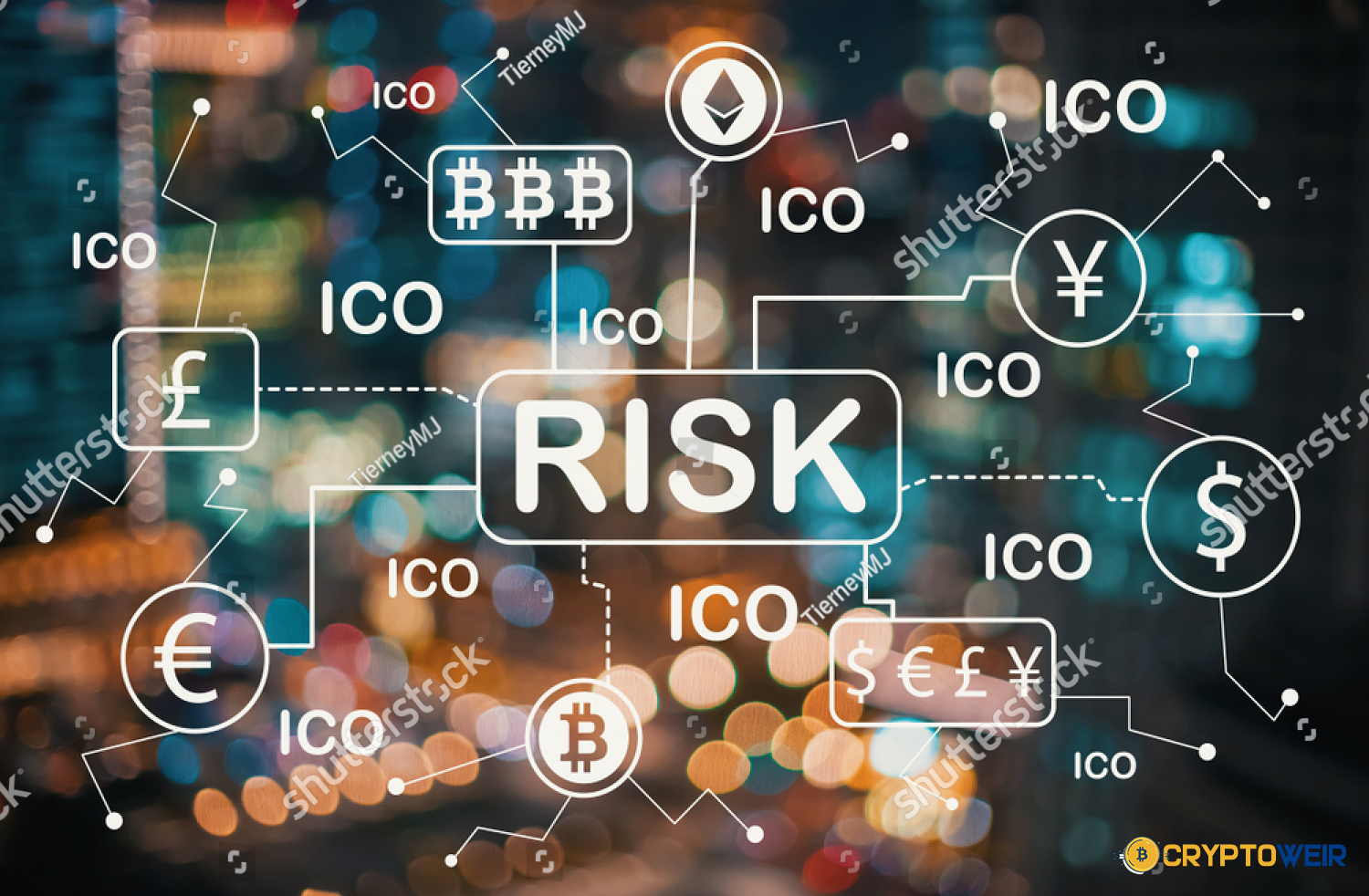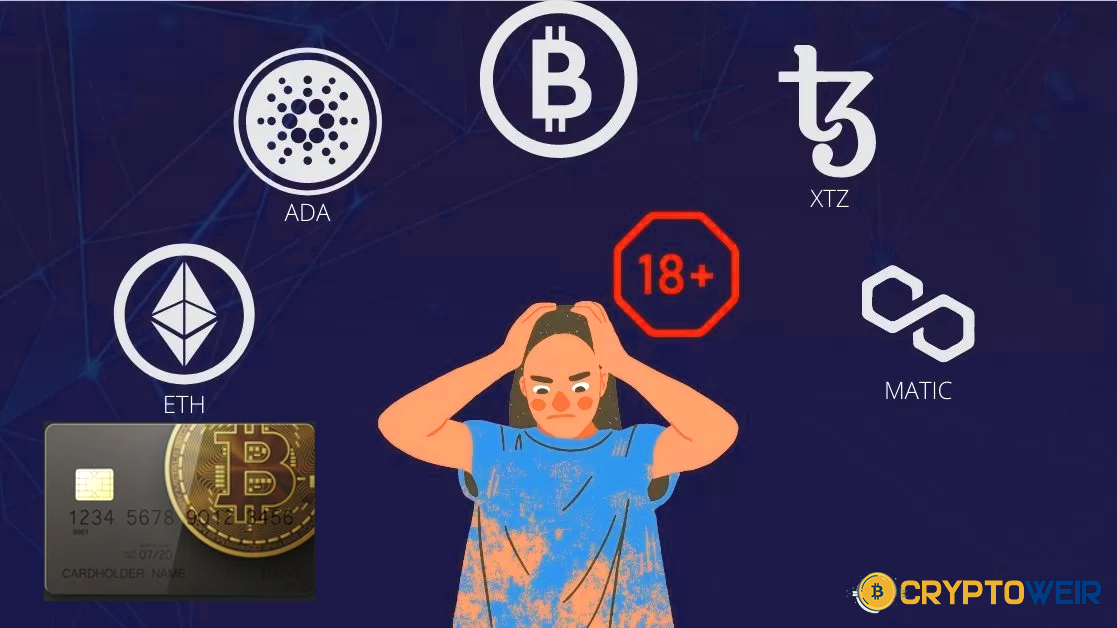In 2022, What Are The Risks Of An ICO?

Just like the returns on an investment in an ICO can be huge, so too can the risks. What are the hazards of participating in ICOs? The market is still under-regulated. That means investors may be left on their own if an ICO turns out to be a…
The risks of investing in an ICO can be just as significant as the potential returns. This fast tutorial is the best place to begin if you want to learn about the risks associated with an ICO and how to reduce them.
Why Are ICOs Risky?
The regulation of the cryptocurrency market is still lacking. That means if an ICO turns out to be a fraud or the project fails, investors might be left on their own. Both of these situations are widespread, therefore you can only rely on yourself to make wise financial judgments in the absence of adequate regulations and immutable transactions.
On the other side, financial restrictions may also put ICO holders in a bind. For instance, the infamous China ban on ICOs and exchanges in 2017 forced the relocation or postponement of numerous ICOs.
ICO Buyers Risks
As you can see, there are numerous possible hazards that ICO organisers and investors must deal with. On the side of the purchasers, these include:
- Investing in teams with little expertise who have an experimental (unproven) business plan and a significant default risk.
- No regulatory safeguards.
- Limited openness regarding the status and problems of the project.
- The danger of participating in a sophisticated fraud or pump-and-dump scheme.
- It might be challenging to fully comprehend the ICO before making an investment.
- Tokens from initial coin offerings (ICOs) can have very volatile and completely speculative values.
- An ICO’s marketing hype can outweigh its actual benefit.
ICO Organizers Risks
At the site time, ICO owners take a risk due to:
- Uncertain regulations which may result in fines, extra costs, or sentences.
- The regulatory distinction between utility and security tokens is unclear.
- Unstable investment currencies that might quickly lose value.
- There is very little information available regarding token holders.
- Since early 2018, interest in ICOs has been declining.
- Responsibility in the event that a project’s security is breached and the investors suffer as a result.
- Risk of providing false paperwork in states with regulations.
As a result, it is important for ICO planners and potential investors to thoroughly assess the dangers.
Read More:Is Bitcoin Safe To Use?
In fact, it’s very unusual for ICO teams to just disappear with investors’ money and for them to face fines and other regulatory challenges after their campaigns have concluded. It does not follow, however, that all ICOs are invalid and ought to be avoided. There are still some good projects available, but you need to sort through the good ones from the bad.
How To Recognize False ICOs
In order to reduce risk when investing in an ICO project, keep an eye out for any of the following possible warning flags:
– The project’s creators are unidentified, utilise fictitious names, or have fraudulent social media accounts.
– Professionals with suitable experience are lacking on the team.
– The ICO is not supported by any legal organisation.
– The whitepaper and business strategy lack a thorough understanding of the market and rivals, sound implausible, or both.
– The project’s creators fail to offer a blockchain code sample.
– There isn’t a functional prototype.
– There isn’t an escrow wallet that allows investors’ money to be transferred to developers (ideally in sections) only once certain requirements are satisfied.
– There are no code commits for the project on Github.
– There is no defined road plan for the project.
– The initiative has received little to no reliable PR, media, or positive mentions.
– It doesn’t appear that the project’s objectives can be met without the token or blockchain.
Ultimately, you must conduct your own investigation and determine whether the ICO is reliable or not. Your ICO investment should do well if you try to stay away from projects that raise a lot of red flags or those that are situated in unreliable regulatory settings.





